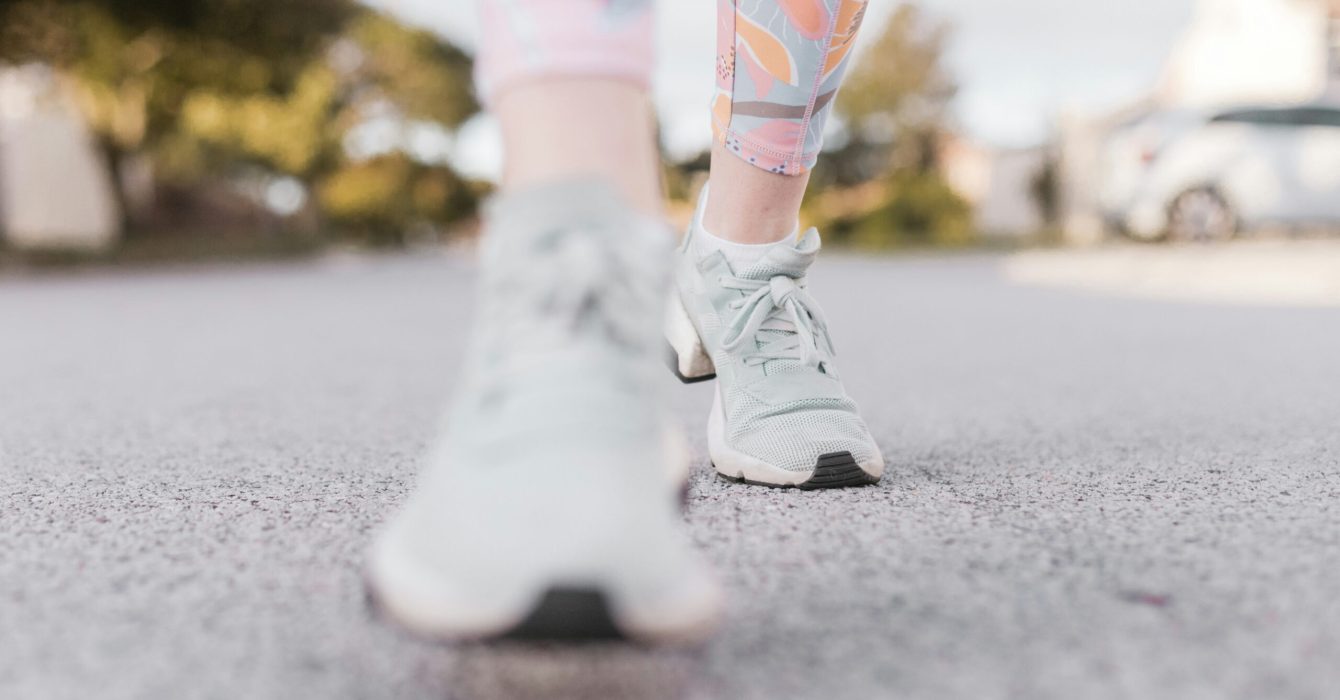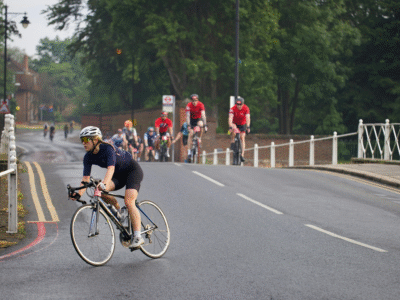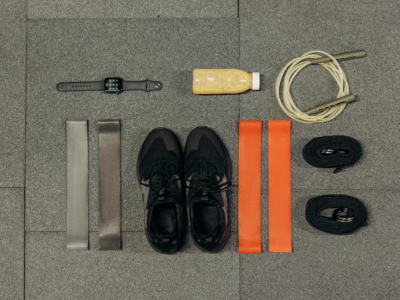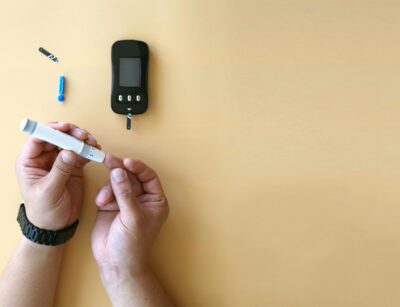Walking is having a big moment — but there may be a way to do it that takes the benefits even further.
From walking yoga to debates over the magic number of steps to take a day, fitness fads come and go. But this year, one thing’s certain: people want to walk more. And it’s no wonder, given it’s free, accessible and good for you.
The latest trend sweeping social media is the Japanese walking method — a simple, science-backed approach with impressive results. Considering Japan has one of the world’s longest life expectancies, we’re all ears.
What is the Japanese walking method?
Unlike many TikTok trends, this one’s actually grounded in science. Developed around 20 years ago in Japan, it’s all about posture, breath and intention.
Alice Fontecilla, certified personal trainer at Yoga-Go, explains it as a “structured, interval walking approach that’s classed as a form of cardio”.
It earned its name from studies conducted by Japanese researchers on the promising effects of high-intensity walking on middle aged and older adults’ fitness.

How does it work?
The method is a simple 30-minute routine built on intervals. For best results, aim for three to four sessions per week and set aside five minutes before and after for gentle stretching and a cooldown.
It works like this:
- Walk briskly for three minutes at about 70-85% of your maximum heart rate.
- Recover with three minutes of slow, comfortable walking.
- Repeat this cycle five times to complete the session.
What are the benefits of the Japanese walking method?
Like any forms of interval training, it has many health benefits. Fast walking improves cardiovascular fitness more efficiently than steady pace walking, lowering blood pressure, improving cholesterol and reducing your resting heart rate.
It also enhances fat-burning, and some studies have shown that it can improve insulin and blood sugar control. Plus, it can contribute to “greater muscle strength and endurance by engaging leg muscles more intensely during brisk intervals”, Alice says.
But the benefits aren’t just physical. For Deepak Shukla, Founder & CEO of Pearl Lemon Running, Japanese walking method became his mental reset button every morning after struggling through a tough break-up: “Within 10 minutes of this starting, my brain’s decluttered and I’m back in the fight.”
After working wonders on his “soul and spine” (it’s great for posture, too), Deepak even uses it as his go-to to feel centred after long meetings or as a boredom cure: “It’s mindfulness disguised as movement.”
Read more: ‘I’m walking straighter, feeling toned and smiling more — here’s what happened when I upped my step count to 20,000 a day’

Who can it benefit?
The best part, and probably the main driver behind its popularity online, is anyone can do it. “No equipment, no special clothing, no training required, just 30 minutes a day, a few times a week to experience a wide range of benefits,” says Alice.
Deepak calls it the “anti-Instagram fitness ritual”. No filters, no fancy gear, no pressure — “Just you and the pavement, moving with intention.”
Is the Japanese walking method worth trying?
Like any minimalist practice, it’s most effective when you’re consistent.
Alice praises it as “a safe, low-cost, proven way to enjoy many of the benefits of high-intensity workouts without the risks of sprains, tendinitis or stress fractures”.
She especially recommends it for people with limited time or those recovering from injury, as it’s a gentle yet highly effective way to get moving.
Read more: ‘Swap the gym for walking’: Nutrition Coach and PT reveals the hidden benefits of hiking

Here’s what you should know
If you’re unsure, a little planning goes a long way. Alice suggests picking a quiet park or scenic route where you’ll feel comfortable, wearing supportive shoes and just getting started.
To stay motivated, listen to a podcast, play your favourite music or even ask a friend to walk with you.
But if mindfulness is the goal, try Deepak’s approach: “Start with five to 10 minutes, no headphones or podcasts. Focus on how you place each foot — try walking slightly slower than you think you should.”
Feature image: Unsplash













